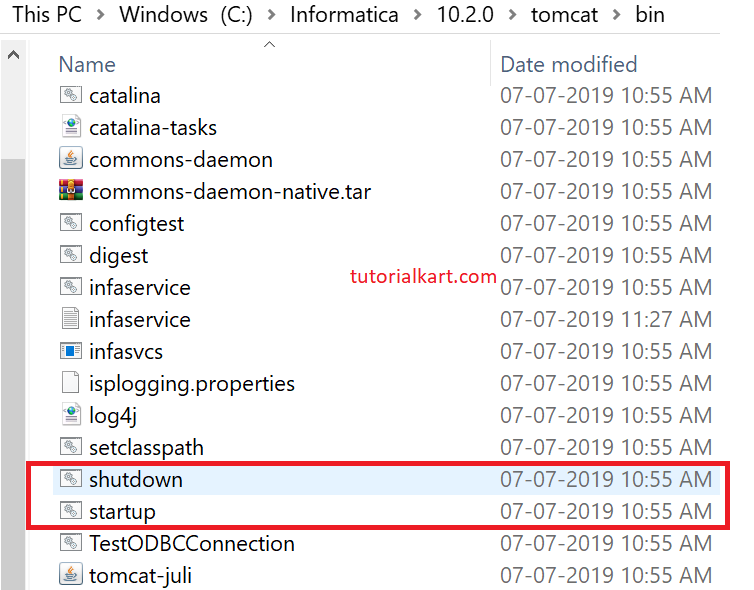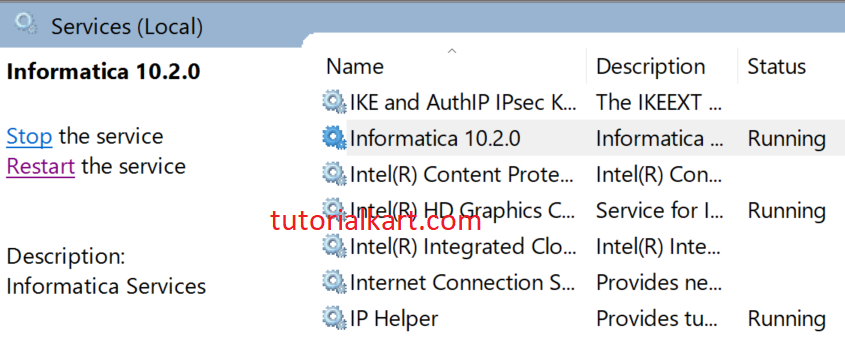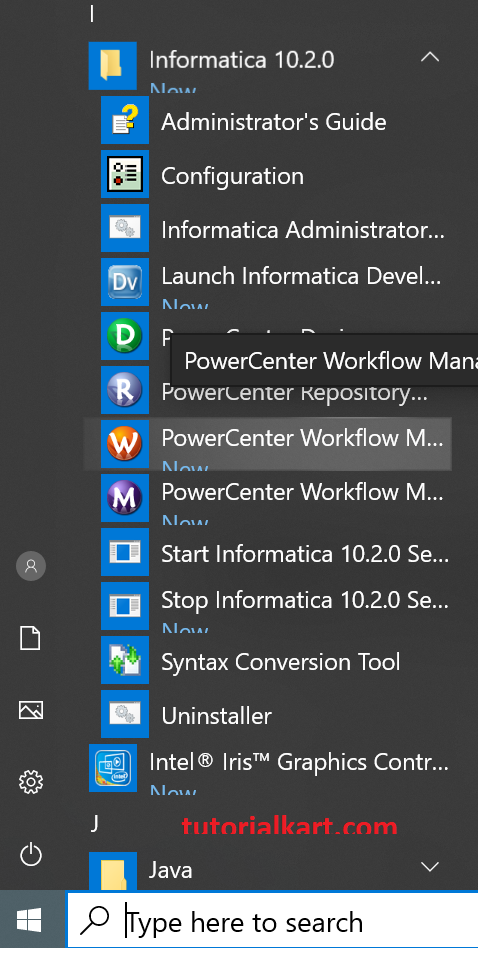What is Informatica?
Informatica is a ETL tool provided by ‘Informatica Corporation’, it is used to Extracting(E) required data from operation all systems, Transforms(T) same data on its server and Load(L) transformed data to the Data Warehouse. Now a day’s Informatica is also being used as an Integration tool and it is Service Oriented Architecture.
What is Data Extraction?
It is a process of reading and bringing data from multiple operational source systems into Informatica server. Informatica extracts / reads data different systems like Oracle, SQL Server etc.
What is Data Transformation?
It is the process of converting the data into required format is called data transformation. In Data Transformation process, Data merging, Data Cleansing, Data Aggregation, Data Scrubbing activities will be happen.
- Data Merging : It is a process of Integrating the data from multiple sources.
- Data Cleansing : It is a process of removing the unnecessary or unwanted data.
- Data Aggregation : It is a process of aggregating data or calculating summaries using aggregate functions like sum(), count(), min(), max() etc.
- Data scrubbing : It is a process of deriving new data.
What is data Loading?
Data loading is the process of inserting data into a target system. There are two types of data loads.
- Initial load or Full Load : It is a process of inserting data into an empty target tables at very first time.
- Delta load or Incremental load or Daily Load : It is a process of loading only new records or any changed records, which takes place after initial load.
Informatica is an easy to use tool. It has got a simple visual interface like forms in visual basic. You just need to drag and drop different objects (known as transformations) and design process flow for Data extraction transformation and load. These process flow diagrams are known as mappings. Once a mapping is made, it can be scheduled to run as and when required. In the background server takes care of fetching data from source, transforming it, & loading it to the target systems/databases/Flat Files.

Informatica can communicate with all major data sources (mainframe/RDBMS/Flat Files/XML/VSM/SAP etc), can move/transform data between them. It can move huge volumes of data in a very effective way, many a times better than even bespoke programs written for specific data movement only. It can throttle the transactions (do big updates in small chunks to avoid long locking and filling the transactional log). It can effectively join data from two distinct data sources (even a xml file can be joined with a relational table).
Informatica PowerCenter Overview
PowerCenter is Informatica enterprise wide data integration platform solution. It is used to access, transform, and integrate data from a large variety of systems and deliver that information to other systems. It enables organizations to create a single, consistent Enterprise wide information resource and get a holistic view of the data.
What is Informatica PowerCenter?
An Informtica PowerCenter is a single unified enterprise data integration platform which allows the companies and organizations to access the data from multiple operational sources, transforms the data into a required format and loads into the Target systems.
Informatica PowerCenter Architecture
It is a client server technology with service oriented architecture (SOA). It has separate client components and server components. But if we want to work with any client or server components, we should first start the Informatica services. So how do we start Informatica Services?
In windows Operating system, we can access Informatica services at the Informatica server location at C:\Informatica\10.2.0\tomcat\bin.

Second one is we can access Informatica services, if we configure Informatica server on windows with Services.msc file in system Administrative tools.

Third one is if we configure server and client o one machine with windows, we can get services in All Programs as shown below.

PowerCenter Options
- Partitioning: using parallel processing on multiprocessor hardware, partitioning optimizes performance by using multithreaded processes.
- Realtime: augments the ability to execute processes on demand and in batch from previous versions
- Data Cleansing: Informatica has partnered with companies such as FirstLogic and Trillium whose core competency is the standardisation of name and address information
- Data Profiling: allows developers and other data warehouse practitioners (with a bit of training) to perform data analysis on source data before building mappings
- Metadata Exchange: provides the ability to easily detect changes between data models or BI tools, and objects in the repository.
Informatica PowerCenter Client and Server Components
- PowerCenter Repository Service.
- PowerCenter Integration Service.
- Analyst Service.
- Model Repository Service.
- Data Integration Service.
- Web Services Hub.
- Metadata Manager Service.
- SAP BW Service.
- Reporting Service.
- Content Management Service.
- Reporting and Dashboards Service.
- PowerExchange Listener Service.
- PowerExchange Logger Service.
Learn how to Install Informatica PowerCenter
